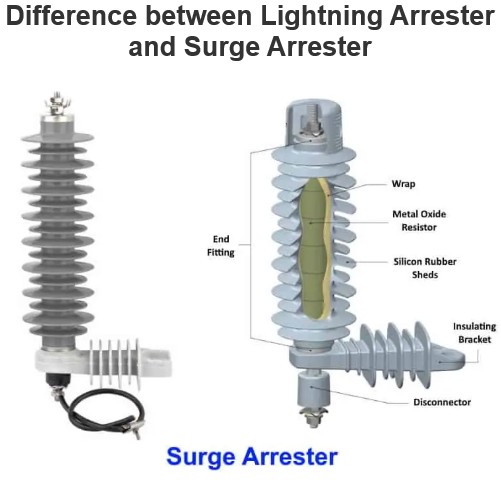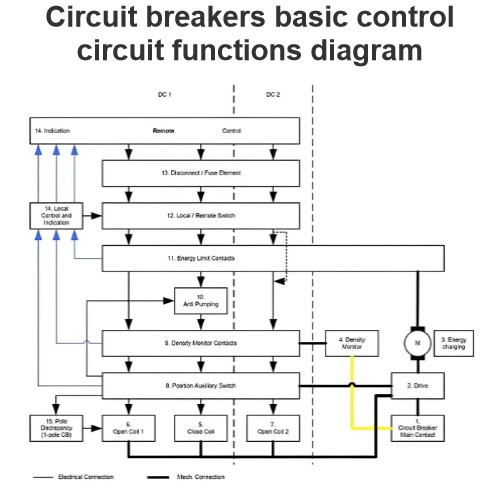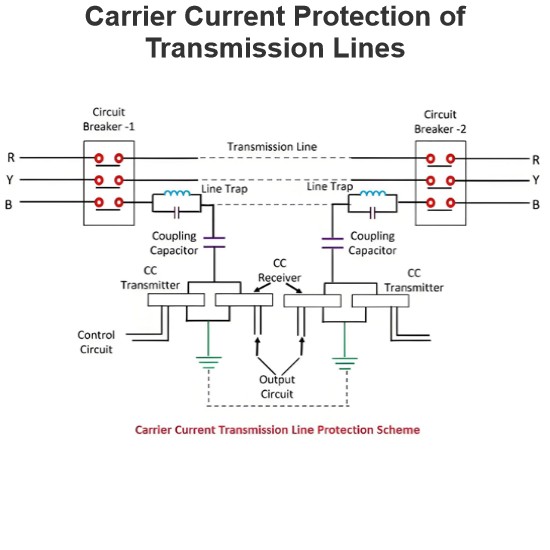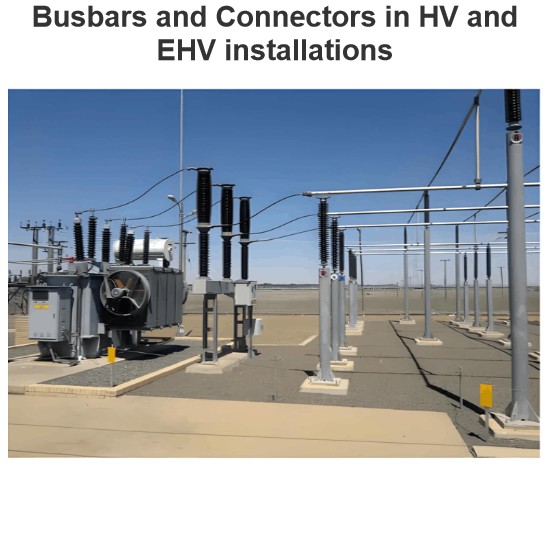Solid Grounding
A power system is considered effectively grounded or solidly grounded when the neutral points of a generator, power transformer, or grounding transformer are directly linked to the ground via a conductor with negligible resistance and reactance. For a portion or the entire system, it is classified as solidly grounded under the following conditions: when the positive - sequence impedance of the system is greater than or equal to the zero - sequence resistance, and the positive - sequence reactance is at least three times the zero - sequence reactance.
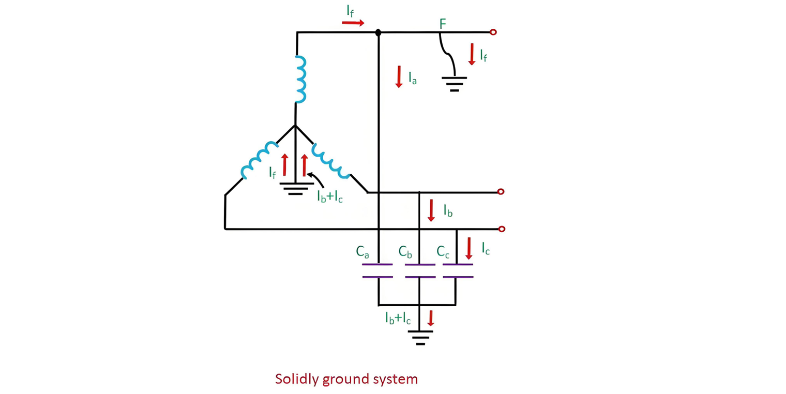
Consider a three - phase system consisting of phases a, b, and c, as depicted in the figure above. When a single - line - to - ground fault occurs in phase a, the voltage of this phase drops to zero. Meanwhile, the remaining two phases, b and c, retain their pre - fault voltages, as illustrated in the figure below. Upon the occurrence of such a fault, besides the charging current, the power source also supplies the fault current to the faulty point.
In a solidly neutral - grounded system, a crucial requirement is that the ground - fault current must not exceed 80% of the three - phase fault current. This limitation is implemented to ensure that the fault current remains within safe levels, thereby safeguarding the integrity of the electrical system and minimizing potential damage and hazards.
The Electricity Encyclopedia is dedicated to accelerating the dissemination and application of electricity knowledge and adding impetus to the development and innovation of the electricity industry.

